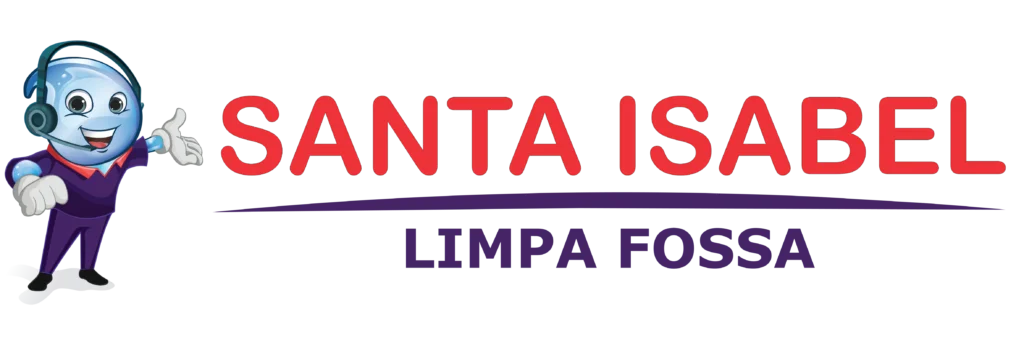Closing Entries Definition, Examples, and Recording
Notice that the balances in interest revenue and service revenueare now zero and are ready to accumulate revenues in the nextperiod. The Income Summary account has a credit balance of $10,240(the revenue sum). Closing entries are mainly made to update the Retained Earnings to reflect the results of operations and to eliminate the balances in the revenue and expense accounts, enabling them to be used again in a subsequent period.
Part 2: Your Current Nest Egg
- You will notice that wedo not cover step 10, reversing entries.
- The first entrycloses revenue accounts to the Income Summary account.
- If expenses were greater than revenue, we would have net loss.
If dividends are declared, to get a zero balance in theDividends account, the entry will show a credit to Dividends and adebit to Retained Earnings. As you will learn in Corporation Accounting, there are three components to thedeclaration and payment of dividends. The first part is the date ofdeclaration, which creates the obligation or liability to pay thedividend. The second part is the date of record that determines whoreceives the dividends, and the third part is the date of payment,which is the date that payments are made.
What is your current financial priority?
Nomatter which way you choose to close, the same final balance is inretained earnings. This means thatit is not an asset, liability, stockholders’ equity, revenue, orexpense account. We see from the adjusted trial balance that our revenue accounts have a credit balance.
The accounts that need to start with a clean or $0 balance goinginto the next accounting period are revenue, income, and anydividends from January 2019. To determine the income (profit orloss) from the month of January, the store needs to close theincome statement information from January 2019. We see from the adjusted trial balance that our revenue account has a credit balance. To make the balance zero, debit the revenue account and credit the Income Summary account.
We want income statements to start every year from zero, but for accounts like equipment, debt, and cash accounts—reported on the balance sheet—we want to keep a running balance from the beginning of the business. First, all the various revenue account balances are transferred to the temporary income summary account. This is done through a journal entry that debits revenue accounts and credits the income summary.
Permanent versus Temporary Accounts
Notice how only the balance in retained earnings has changed and it now matches what was reported as ending retained earnings in the statement of retained earnings and the balance sheet. Manually creating your closing entries can be a tiresome name of the journal means and time-consuming process. And unless you’re extremely knowledgeable in how the accounting cycle works, it’s likely you’ll make a few accounting errors along the way. Do you want to learn more about debit, credit entries, and how to record your journal entries properly?
Temporary (nominal) accounts are accounts thatare closed at the end of each accounting period, and include incomestatement, dividends, and income summary accounts. When making closing entries, the revenue, expense, and dividend account balances are moved to the retained earnings permanent account. If you own a sole proprietorship, you have to close ledger restaurant and bar temporary accounts to the owner’s equity instead of retained earnings.
Why You Can Trust Finance Strategists
This is closed by doing the opposite – debit the capital account (decreasing the capital balance) and credit Income Summary. Now for this step, we need to get the balance of the Income Summary account. In step 1, we credited it for $9,850 and debited it in step 2 for $8,790. To close that, we debit Service Revenue for the full amount and credit Income Summary for the same. The income statementsummarizes your income, as does income summary. If both summarizeyour income in the same period, then they must be equal.
